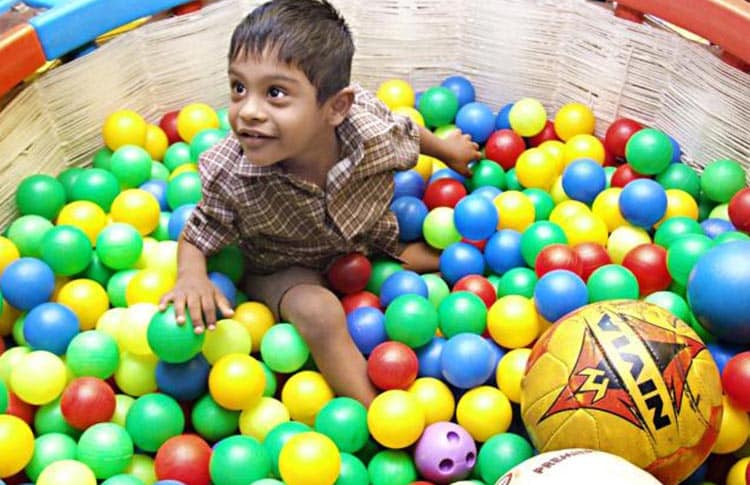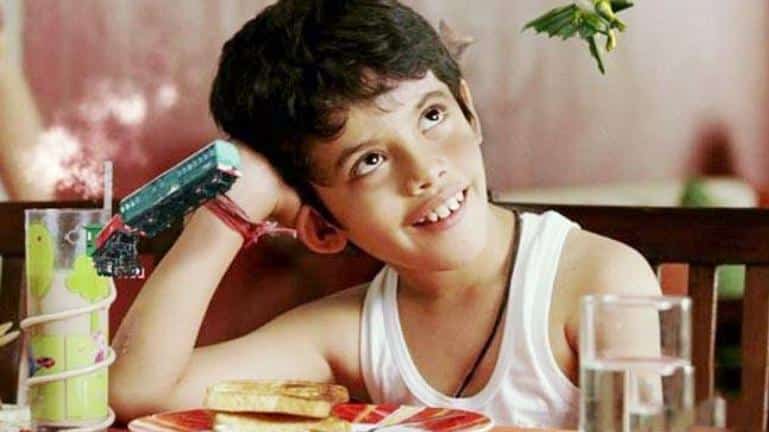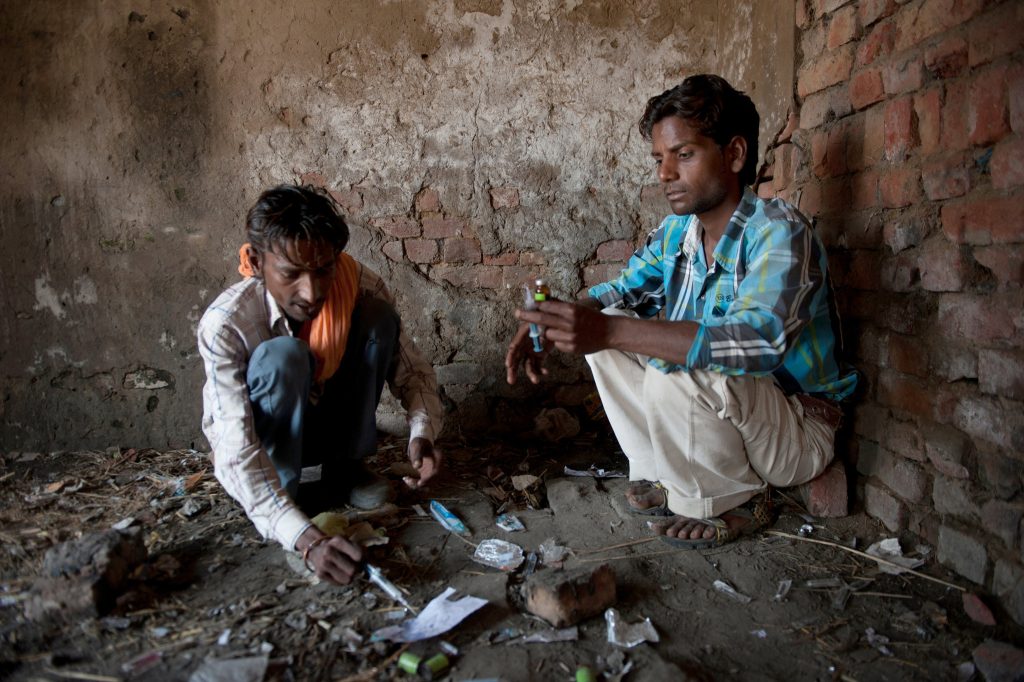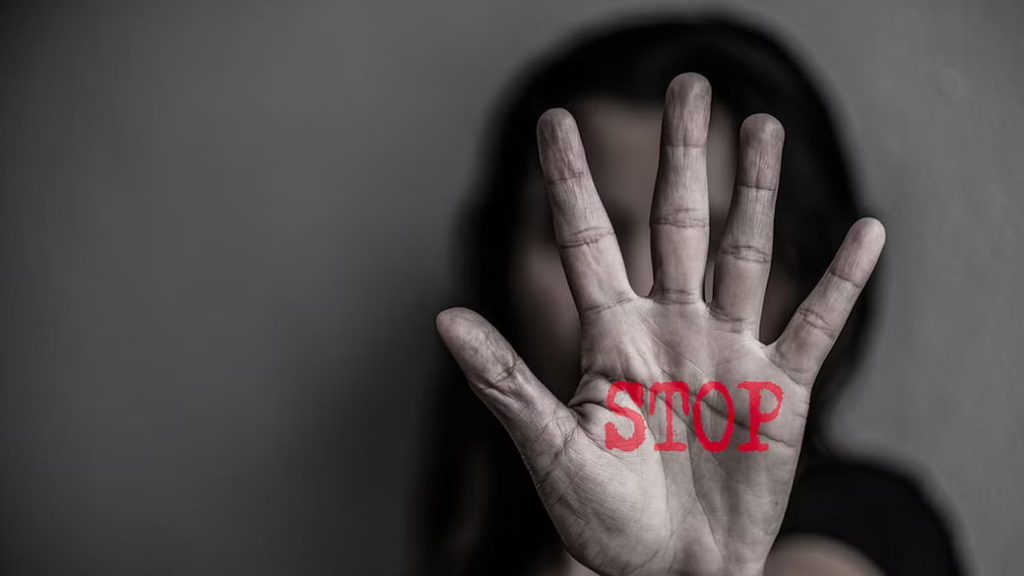5 common symptoms of autism in children.- Quick Read

What Do symptoms of autism in children Look Like?
I’m sure we all like Jhilmil from “Barfi” since it is one of Priyanka Chopra’s greatest roles. Have you noticed her continuous eye blinks, unclear speech, or dislike for someone touching her, and even calling Barfi “buh-fi”, aside from her innocence? That’s pretty much how autism seems.
Autism, often known as Autism Spectrum Disorder (ASD), is a group of disorders marked by difficulties with social skills, repetitive activities, speech, and nonverbal communication. In the majority of cases, Autism is diagnosed in young children. Adults who think they may have Autism but have not received an autism diagnosis may be classified as having high-functioning autism.
What is Autism?
Autism is an imbalance in initiating and maintaining proper social interaction and social communication, as well as a variety of restricted, repetitive, and inflexible patterns of behavior, interests, or activities that are clearly atypical or extreme for the individual’s age and social and cultural context. For example- no interest in making friends, no eye following, intensely smelling or touching things, etc.
People often describe autism as “strange” or “crazy.” Even in the film “My Name Is Khan,” Sharukh Khan mentions how people look at him when discussing his condition. Simultaneously, he uses the term ‘intelligent’ to reassure others that his condition does not restrict his intelligence.
Autism is influenced by a combination of hereditary and environmental factors like premature birth, low birth weight, etc. Autism is referred to as a spectrum disorder because each individual with autism has different strengths and difficulties.
Childhood autism can make the child; look like he/she is really good at playing music or solving a math problem but struggles to button up their shirt. Some persons with ASD require a lot of help in their everyday life (like brushing their teeth, tying shoelaces, holding a spoon, etc), while others require less and, in some circumstances, live completely independently.
Childhood Autism
Autism spectrum disorder affects brain development, which has an influence on a person’s ability to socialize with others, producing issues with social interaction and communication.
Autism spectrum disorder usually shows up within a child’s first three years of life. They appear to live in their own world, repeated habits such as hand flapping, avoidance of establishing friendships, sensitivity to loud noises and bright flashes, and so on.
There is no cure for Autism, but early intervention and intensive treatment can make significant changes in the child’s life. Jhilmil leads a happy life with barfi at the end of it, and she also assists other children in similar situations.
What causes autism?
Although the causes of autism are unclear, there are some genetic and environmental factors that are thought to play a role, and autism is unlikely to be caused only by these factors. They appear to raise a child’s chance of obtaining autism combined together.
- Having a family member with autism
- Exposure to environmental toxins such as mercury, which is typically found in fish.
- Birth weight is low.
- A child with older parents.
- Obesity or diabetes in pregnant mothers.
- Complications during childbirth – Excessive bleeding, fetal stress, and other problems can occur during delivery.
- Brain infections like meningitis and encephalitis, leading to brain damage.
Symptoms of autism:
Symptoms of Autism Spectrum Disorder usually manifest between the ages of 12 and 24 months. But there is a possibility of these symptoms appearing sooner or later.
ASD symptoms are often classified into two categories:
- Problem with social communication or interaction
- Maintaining eye contact is tough-talking to others looking down or at the walls behind. Sharukh Khan’s ground-breaking performance as “Rizwan Khan” in the film “My Name is Khan” highlights the difficulty of maintaining eye contact better.
- Not indulging in pretend play such as making meals using vessel toys or acting as a teacher.
- Not turning in the direction of others pointing out – when you show them a bird or dog, they won’t look.
- Not able to use gestures – not holding their stomach when they are hungry or not able to point at something they want.
- Unable to recognize when others are hurt or sad – not wiping your tears when you’re crying or not able to ask what happened when they see a wound.
- Unable to understand non-verbal interaction – when you point at something and ask them to give, they won’t be able to do it or they find it difficult to differentiate your usual tone from furious tone.
- Difficulty in identifying their own emotions: including being unable to name the emotions they feel, they don’t understand sadness or happiness.
- Repeated behaviors
- With body – clapping their hands, hitting their heads with their fists, spinning around, or moving their jaw.
- With objects – such as spinning, flipping, or aligning them.
- They are resistant to changing their habits, such as their bedtime, food, clothing, or daily schedule.
- Displaying an intense interest in certain topics, such as car wheels or toy shapes.
- He or she may be too or underly sensitive to particular items in his or her environment, such as lighting, noises, touch, or taste.
Check out this beautiful autistic anthem performed by kids with autism here, it might help you understand how they actually feel.
Supportive therapies for autistic people:
Handling a kid with Autism Spectrum Disorder can be exhausting for a caregiver; supportive therapies provide relief by reducing the symptoms. Some of them include:
- Behavioral therapy – includes both removing unwanted behavior and boosting desired behavior through rewards. When a child picks up a toy, ask them to name it, and use flashcards to teach good and bad habits or emotions such as sadness, happiness, anger, and so on.
- Play therapy – Children like engaging in play activities of their kind since it is the best way for them to express themselves and open up about their feelings. Play therapy encourages and supports them in expressing themselves via play. For example – allowing them to solve a simple puzzle or narrate a tale.
- Occupational therapy – Assists autistic children in becoming as self-dependent as possible by teaching them how to hold a spoon, tie shoelaces, button a shirt, and so on.
- Speech therapy – Children with ASD have significant communication difficulties, both verbal and nonverbal. Speech therapists help them with lip and tongue motions when speaking, focusing on facial expressions while talking, and so on.
- Applied Behavior Analysis (ABA) – This involves establishing and working toward a specific goal. It mostly focuses on breaking down a process into bits in order to teach a skill. Buttoning a shirt, for example, involves showing the child how to line their fingers when holding the button and leading them through the process of passing the button through the hole.
How can I help a child with autism?
Autism is a lifelong condition, although early intervention can assist with symptoms and coping. First, take a minute to reflect on it. It must be stressful for you; start by getting out in the community and speaking with other parents or special educators. Reaching out to others may help you feel less alone at this time.
Listen to your child and understand their needs and ways they want to be treated. . Look for risk factors, and speak with your child’s school counselor, your child’s healthcare practitioner, or mental health professional.
Thinking about reaching out to someone to help your child? Ask your queries or book an appointment with a mental health professional who can help right here













I am really inspired along with your writing abilities as neatly as with the structure for your blog. Is that this a paid subject matter or did you customize it yourself? Either way keep up the excellent quality writing, it is uncommon to see a nice blog like this one nowadays!